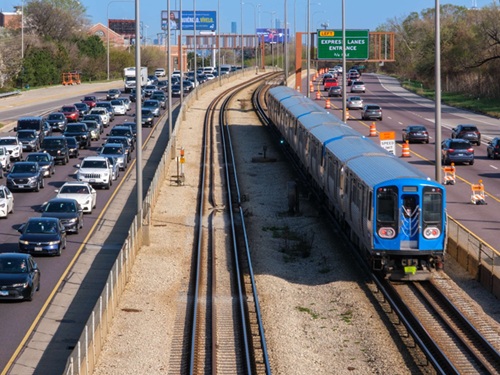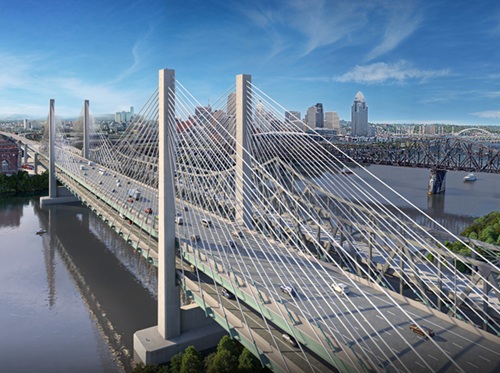A group of researchers at Oregon State University are working towards developing a better means of modeling the destructive force of tsunami waves in order to make buildings, roads, and bridges better able to withstand them.
The research team, led by Ben Mason and Harry Yeh of the OSU College of Engineering, is using a centrifuge that once tested Apollo astronauts’ resistance to G-forces to simulate the “inundation effect” on soil from a tsunami wave.

A centrifuge (seen at right) is a device that puts something in rotation around a fixed axis – “swinging it in a circle,” according to Mason – and replicates “inundation physics” over a parcel of soil 21 meters (over 68 feet) long, nearly 10 meters (nearly 39 feet) deep and more than 14 meters (over 46 feet) wide – much larger than can be simulated in a traditional wave tank.
“This is the first time anything like this has been done,” he explained in a statement. “The challenge of figuring out the logistics and mechanical engineering to design the container is a pretty striking aspect of this research.”
Understanding the processes through which a tsunami destabilizes soil is a key to developing engineering techniques that can make buildings, roads, and bridges better able to withstand the forces at work within such waves, Mason added.
“Imagine holding a five-gallon bucket of water that you start spinning around with, and if you spin fast enough, the water will stay in the bucket regardless of its position, and if you slow down, it will pour out,” Mason said. “That’s exactly the concept we were working with.”
The centrifuge used in OSU’s project is housed at the University of California Davis Center for Geotechnical Modeling after originally being part of NASA’s Ames Research Center, he said.
“We’re trying to mimic the entire process of a tsunami coming onshore and then drawing back,” Mason emphasized, adding that his group‘s findings were published in Nature Scientific Reports.
“In the centrifuge, we can use high-speed video to learn a lot about what’s happening in the soil, such as scouring, and under the surface, how pore water pressure changes with time as the water moves across,” he said; helping his team “understand what we can expect the soil around coastal infrastructure to do, and then how do we protect that infrastructure when the next tsunami occurs.”
 Nation
Nation


